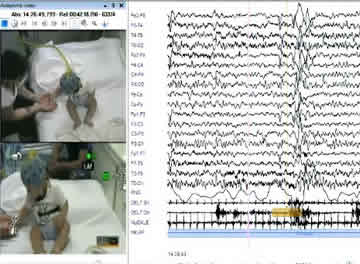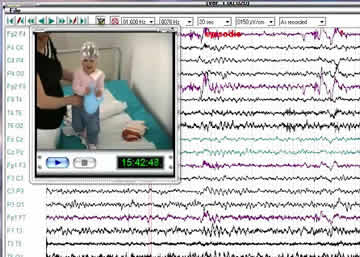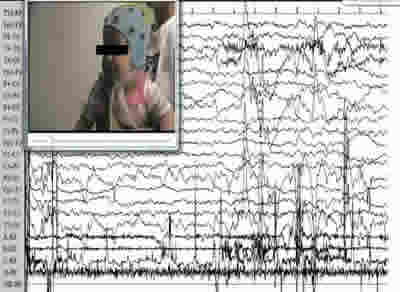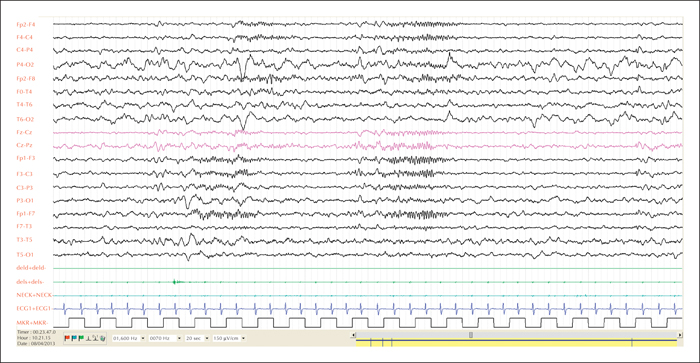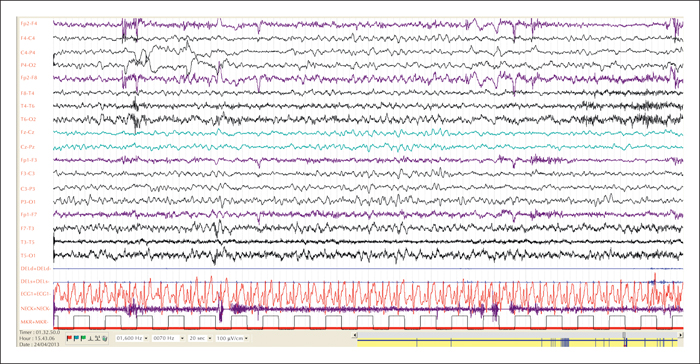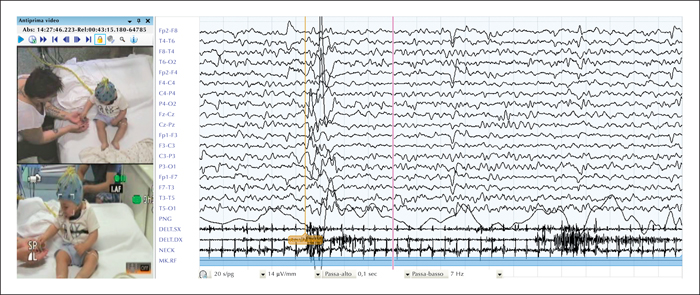Epileptic Disorders
MENUNon-epileptic myoclonic attacks in infancy: three cases Volume 16, issue 4, December 2014
- Key words: non-epileptic attacks, infancy, head drop, video-EEG recording
- DOI : 10.1684/epd.2014.0713
- Page(s) : 433-8
- Published in: 2014
Since the first cases of abnormal paroxystic movements in normal infants were described, the importance of accurate characterization of this medical condition has been increasingly confirmed in the literature. Non-epileptic attacks mimic epileptic paroxysms in clinical presentation, but they have a typically benign course and are unresponsive to pharmacological treatment. An evident feature of the syndrome is its extreme variability in clinical manifestation. Here, we describe three normal infants with two similar forms of non-epileptic paroxysms. Electroclinical manifestations and profile of evolution were investigated. Ictal video-EEG polygraphic recordings were obtained for each patient. The increasing number of such reported clinical cases in the literature may contribute to high quality systematic reviews and the development of useful guidelines in the future. The clinical heterogeneity of non-epileptic attacks, together with the relative rarity of the condition, may make differential diagnosis with epileptic attacks very challenging. [Published with video sequences]


